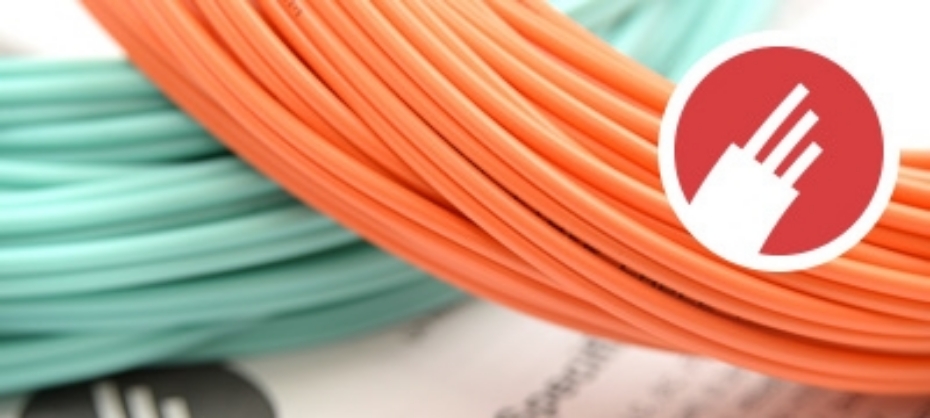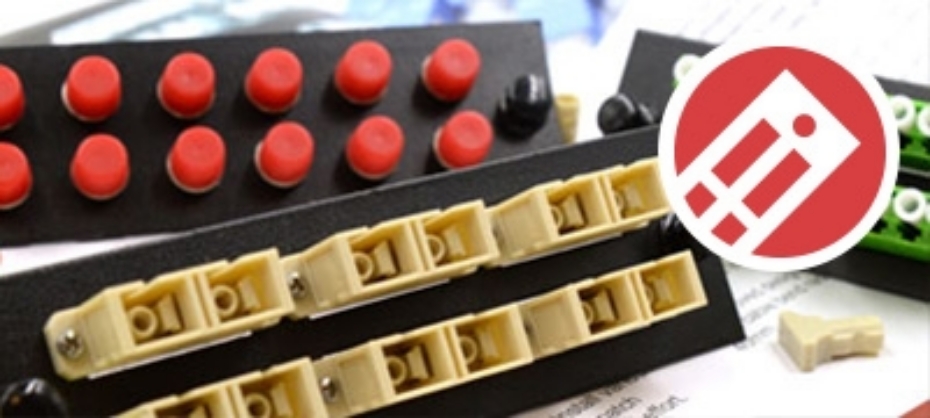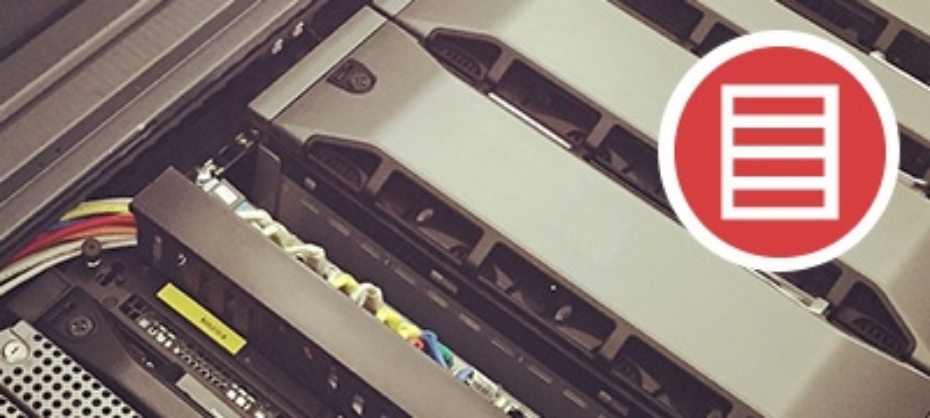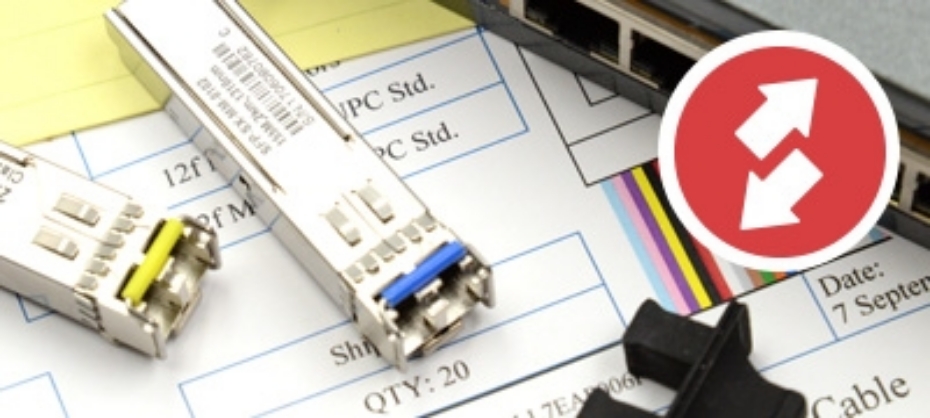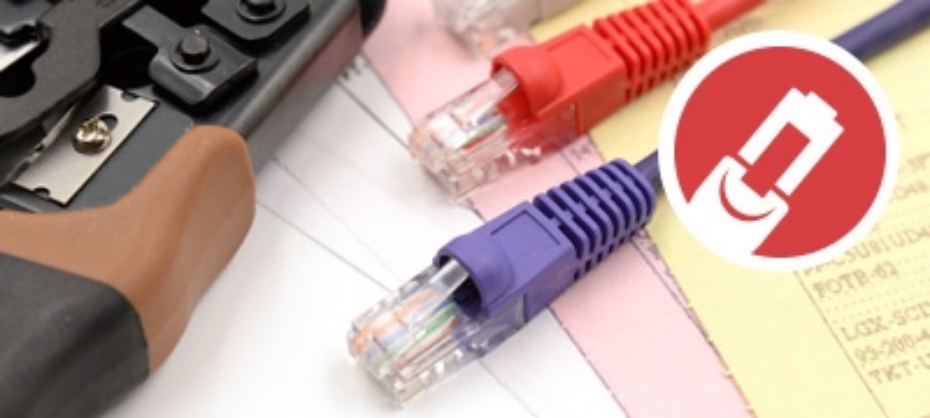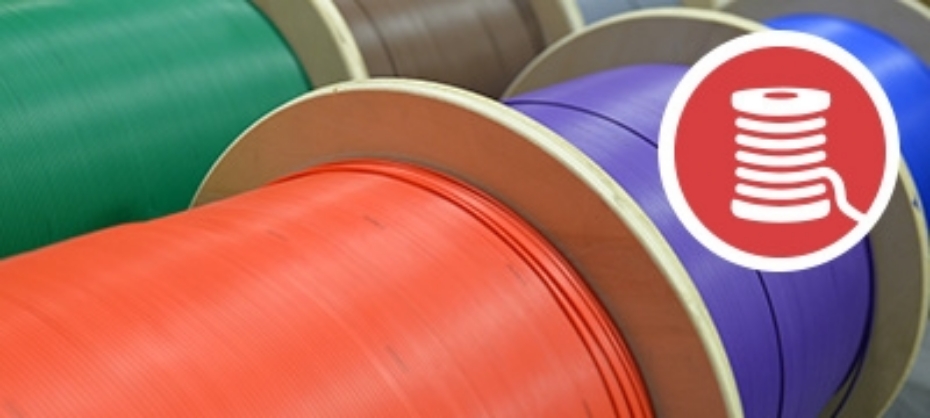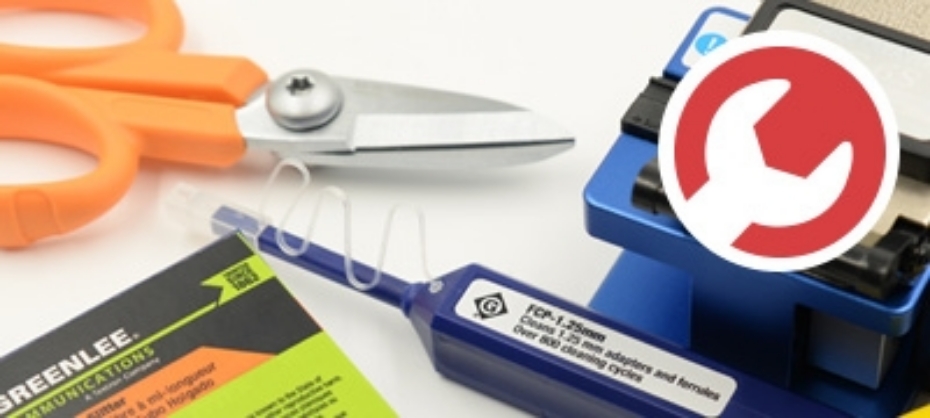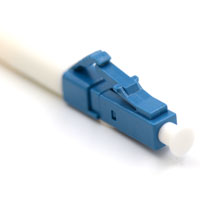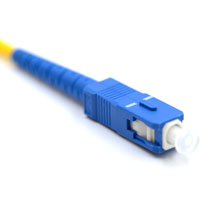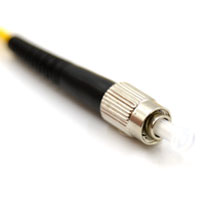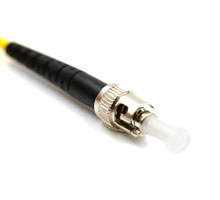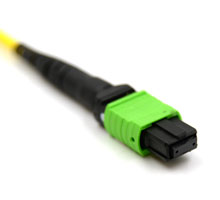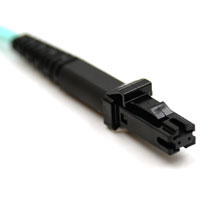Data centers and ever-expanding server clusters have created a huge demand for more bandwidth and more space efficiency.
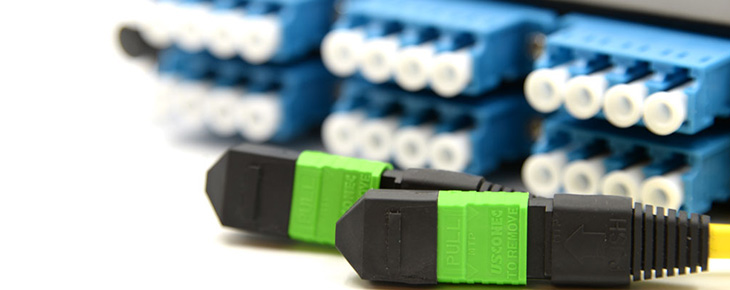
Multifiber Push-On (MPO) connectors have answered the call and provide up to 24 or ore fibers in a single connector pushing up to and beyond 100Gbps data transmission. The best part is that the connector takes roughly the same space as a single simplex SC connector. MPOs are paving the way for increased data transmission speeds and rack density.
MTP® is a registered trademark of US Conec, marketed as a "high performance MPO connector with multiple engineered product enhancements to improve optical and mechanical performance when compared to generic MPO connectors." MTP and MPO are often used interchangeably and MTP is considered a generalized trademark. Both MTP and MPO are available with standard or elite / low loss options. Fibertronics terminates our cables with both MPO and MTP connectors, so please be sure to specify with our sales staff if you need genuine US Conec MTP connectors.
| Insertion Loss | Typical Insertion Loss | Max Insertion Loss |
| MPO / MTP MM Standard: | < 0.2 dB | < 0.4 dB |
| MPO / MTP MM Elite / Low Loss: | < 0.1 dB | < 0.3 dB |
MPO and MTP in Data Centers and Beyond
Many switches, servers and other network hardware come with fiber optic ports built in. More and more hardware is being shipped with QSFP/QSFP+/SR4/CFP/CXP ports and MPO fiber cables are becoming a requirement in these fields. However, data centers don’t have a monopoly on the technology!
Anybody working with a large count of fiber that likes to save space is a good candidate for MPO technology. Large bundles of hundreds of fibers, trunk cables, are spliced into pigtails. The old method would be to use a distribution fan-out cable or duplex cables to patch the trunk cable into your infrastructure. With MPO technology, you can connect your single fiber cables once, then route the rest of the way with MPO fanouts and trunk cables, minimizing the number of connectors and cables you’re working with.
Fibertronics offers MTP/MPO Multi-Connector Trunk Cables, Patch Cables, Pigtails, Loopbacks, Cassettes, Fanout Cables and more.
Multimode Fiber Variants
While singlemode is optimized for long range data transfer, multimodes are designed with high-bandwidth short range optimization in mind (Single-mode and Multimode Explained).
- OM1 is a 62.5/125µm fiber core, with the jacket usually cladded in orange. This is typically found in older applications where high bandwidth isn’t a priority.
- OM2 is the first variant of 50/125µm, usually also orange, but widely unused. OM2 offers modest improvement over OM1, however OM3 is leaps and bounds ahead with not much more cost.
- OM3 is a laser optimized variant of 50/125µm multimode, and is the first fiber mode that supports 10Gb/40Gb/100Gb Ethernet.
- OM4 is a recent addition to the lineup which offers a longer range than OM3. It should be noted that OM3 and OM4 are cross-compatible, and while OM4 is only needed for distances that exceed OM3 capabilities, it can still be used for shorter connections.
| Multimode Variants | 10 Gb | 40 Gb | 40 Gb (QSFP+ eSR4) | 100 Gb (24 Fiber) |
| OM1: | 33m | N/A | N/A | N/A |
| OM2: | 82m | N/A | N/A | N/A |
| OM3: | 300m | 100m | 330m | 100m |
| OM3: | 400m | 150m | 550m | 150m |
Fibertronics Standards
Quality Fibertronics 12 Fiber, OM3, MPO cables use Corning® ClearCurve® laser optimized bend-insensitive fiber. This type of fiber allows for tighter bends in your cables, so you can route without worry. The fiber comes in the form of 12 fiber 3mm micro-distribution cable, with aqua plenum jacket, which is rated for riser and plenum areas. The micro-distribution format uses 12 fibers in a loose tube jacket with protective aramid yarn, allowing for more flexibility and smaller footprint than traditional ribbon cable.
We can also build these to your custom specifications, including using a different brand of fiber, different type of jacket, or even customer-supplied cable. Options such as OM4, LSZH jacket, ribbon cable, armored cable, indoor/outdoor cable, and more are available, so please call one of our sales representatives to discuss your needs. Please keep in mind that MPO cables work best with loose fibers, so tight-buffered fibers may not be suitable for this.
MPO Gender Interface
MPO Genders can be counter-intuitive to newcomers to the technology. MPO cables are a plug, so they must be male, and transceivers have a port so they must be female, right? Wrong on both counts!
MPOs are classified by the guide pins on the end of the connector, and require 1 male and 1 female to mate properly. MPO connectors use a “barrel sleeve” adapter that simply holds one male and one female MPO “plug” together. The male guide pins fit into the female holes to ensure precise fiber alignment. Attempting to mate two female connectors will result in a seemingly secure connection, but with extremely high loss, and attempting to mate two male connectors will most likely damage one or both connectors due to the guide pins clashing.
Transceivers and cassettes come with the sleeve adapter built in, and the industry standard is a male connection on the inside. Therefore, the standard for cables is female to female. This changes, however, when you need to extend a cable or connect two cables. You will then need a male to female cable plus adapter. If you’re designing a multi-ferrule MPO trunk backbone cable, you might consider making this male to male, then patching to your hardware with female to female cables. We offer all combinations of genders, so contact us with your needs and we will be able to customize these for you.
| Gender Standards |
| Cassettes: | Male Port |
| Transcievers: | Male Port |
| Patch Cables: | Female to Female |
| Extender Cables: | Male to Female |
| Trunk Cables: | Male to Male (Custom Mix) |
Keys and Dots
MPO connectors have a key on one of the flat sides added by the body, and the orientation of this key determines the cable’s polarity. MPO and MTP connectors also have a white dot on one side of the connector to denote where fiber 1 is.
The key and gender are assigned near the end of the process of manufacturing an MPO by adding the body kit. Fibertronics is able to take completed MPO cables and change gender or flip polarity from Method A to Method B and vice versa. Please note that flipping polarity will not be possible with a Single-mode MPO cable, as these ferrules have an 8º angle polish. For this same reason, Single-mode MPO cables cannot be used with aligned key “polarity flip” adapters. This process does carry the risk of breaking the delicate fibers inside the MPO body, even for trained professionals, so this service may come with a charge.



